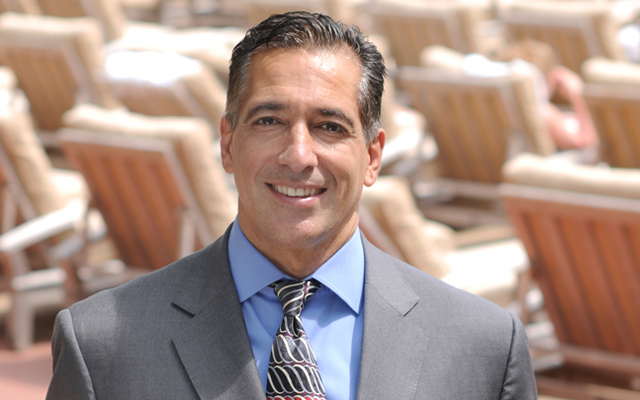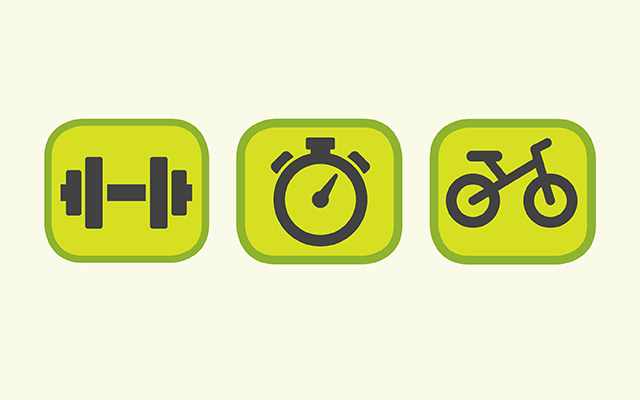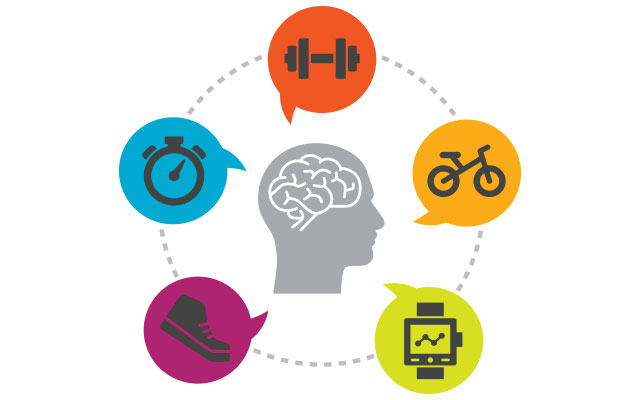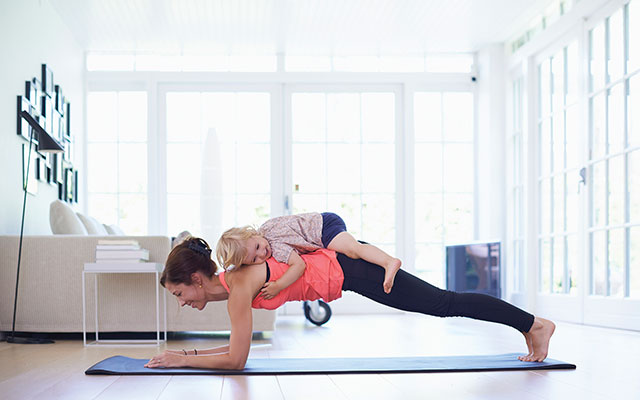How was your drive to work this morning? Was your attention focused solely on the road, or were you listening to the radio? Do you clearly remember each turn you made, or are the details a little fuzzy?
If you’re like most people, it’s probably the latter, especially if you’ve been driving the same route day after day for at least a few months. Your routine has become automated, and that’s a good thing to a certain point — if we had to think through every single detail of every single action every single day, we’d go crazy.
Our brains shift into automation mode once a behavior is no longer novel, and it applies to both simple and complex actions — riding your bike, making your favorite veggie omelet, following a tricky sequence in a group fitness class. It’s the work of the basal ganglia, the region of the brain responsible for repeat learned behaviors, among other things. By being able to perform these actions “in our sleep,” we free up the decision-making part of the brain, the prefrontal cortex, to focus on less familiar, more important, more demanding tasks.
What many of us don’t realize, however, is that nearly half of all our daily actions fall into this automated category. We move through our lives not thinking about how we’re doing things, or questioning why. The dichotomy is that many of us think that all of our actions are by decision, which means our subconscious, habit-driven behaviors go largely unnoticed.
But we can change that by paying attention to which habits and patterns are serving us, and where there are opportunities to learn new things and grow. In his book The Power of Habit, author Charles Duhigg explains that changing habits is not just a matter of willpower, but of understanding how habits work. When we’re aware of the fact that we can train the brain to develop new patterns and behaviors, we open ourselves up to a whole new level of health and vitality.
Exercise is one of many ways to challenge the brain — we just have to be willing to move differently. It’s easy to hop on a treadmill and go, but introducing new ways of moving (or experimenting with variations of familiar exercises) forces us to focus and learn.
Consider the standard pushup: Many of us could do a couple of them without giving it much thought. Now imagine doing those pushups with your feet elevated on an exercise ball. Suddenly, your cardiovascular, musculoskeletal, and neurological systems are engaged. In fact, you’re so focused on maintaining balance and performing the move with good form that your mind can’t wander anywhere else.
Your attentiveness allows your body and brain to create new pathways. Physiologically, it forces you to get familiar with a new movement, building strength and muscle memory. Neurologically, it creates new neural pathways as you think your way through each step of the pushup — it’s the prefrontal cortex at work.
This is the basis for the Ultimate Workout at Life Time, which I designed to build strength, cardio, and balance simultaneously and efficiently by recruiting the brain to help you through challenging moves. Its benefits are similar to sports like tennis, which require both physical and mental alertness as you respond to the ever-changing situation at hand. (A 2014 study published in Frontiers in Aging Neuroscience found that regularly participating in sports like tennis may have a protective effect for individuals at high-risk for developing Alzheimer’s, in addition to supporting cognitive growth.)
When we challenge our habits and try new ways of doing things —
whether through movement, meditation, driving a new route to work, or switching the hand we use to brush our teeth — we’re not only exercising our brains: We’re building confidence and opening doors to new experiences
and connections. We’re consciously telling ourselves it’s OK to change.
Whether we’re wired to try new things or we tend to settle in to a comfort zone, too much of either can become rote. Mixing it up for some people may mean stepping outside the box and pushing their limits. For others, it might be best to work on slowing down and becoming more disciplined.
No matter your habits, consider the worthwhile challenge of consciously breaking out of old routines and practicing new ones. An alternate route to a healthier, more meaningful, more engaged life is yours for the taking.




This Post Has 0 Comments